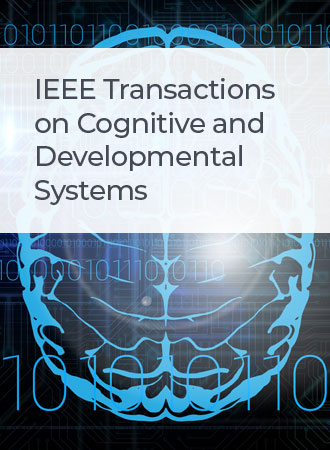Brain Network Reorganization in Response to Multilevel Mental Workload in Simulated Flight Tasks
IF 4.9
3区 计算机科学
Q1 COMPUTER SCIENCE, ARTIFICIAL INTELLIGENCE
IEEE Transactions on Cognitive and Developmental Systems
Pub Date : 2024-12-03
DOI:10.1109/TCDS.2024.3511394
引用次数: 0
Abstract
In various real-world situations, inappropriate mental workload (MWL) can impair task performance and may cause operational safety risks. Growing efforts have been made to reveal the underlying neural mechanisms of MWL. However, most studies have been limited to well-controlled cognitive tasks, overlooking the exploration of the underlying neural mechanisms in close-to-real human–machine interaction tasks. Here, we investigated the brain network reorganization in response to MWL in a close-to-real simulated flight task. Specifically, a dual-task (primary flight simulation + secondary auditory choice reaction time task) design flight simulation paradigm to mimic real-flight cognitive challenges was introduced to induce varying levels of MWL. The perceived subjective task difficulty and secondary task performance validated the effectiveness of our experimental design. Moreover, multilevel MWL classification was performed to delve into the changes of functional connectivity (FC) in response to different MWL and achieved satisfactory performance (three levels, accuracy模拟飞行任务中多层次心理负荷对脑网络重组的响应
在现实世界的各种情况下,不适当的心理负荷(MWL)会损害任务性能,并可能导致操作安全风险。越来越多的研究揭示了MWL的潜在神经机制。然而,大多数研究都局限于控制良好的认知任务,忽视了在接近真实的人机交互任务中对潜在神经机制的探索。在此,我们研究了在接近真实的模拟飞行任务中,脑网络重组对MWL的反应。具体而言,引入双任务(主要飞行模拟+次要听觉选择反应时间任务)设计飞行模拟范式来模拟真实飞行认知挑战,以诱导不同程度的MWL。主观任务难度和次要任务表现的感知验证了实验设计的有效性。此外,我们还进行了多层次的MWL分类,深入研究了不同MWL对功能连通性(FC)的影响,并取得了令人满意的结果(三个层次,准确率$=$ 71.85%)。进一步的鉴别FCs检查强调了额叶和顶叶-枕叶脑区在MWL调节中的重要性。另外,图理论分析表明,随着MWL的增加,分布脑区的信息传递效率也随之提高。总的来说,我们的研究为MWL背后的神经机制提供了有价值的见解,对提高航空环境下的安全性具有潜在的意义。
本文章由计算机程序翻译,如有差异,请以英文原文为准。
求助全文
约1分钟内获得全文
求助全文
来源期刊

IEEE Transactions on Cognitive and Developmental Systems
Computer Science-Software
CiteScore
7.20
自引率
10.00%
发文量
170
期刊介绍:
The IEEE Transactions on Cognitive and Developmental Systems (TCDS) focuses on advances in the study of development and cognition in natural (humans, animals) and artificial (robots, agents) systems. It welcomes contributions from multiple related disciplines including cognitive systems, cognitive robotics, developmental and epigenetic robotics, autonomous and evolutionary robotics, social structures, multi-agent and artificial life systems, computational neuroscience, and developmental psychology. Articles on theoretical, computational, application-oriented, and experimental studies as well as reviews in these areas are considered.
 求助内容:
求助内容: 应助结果提醒方式:
应助结果提醒方式:


